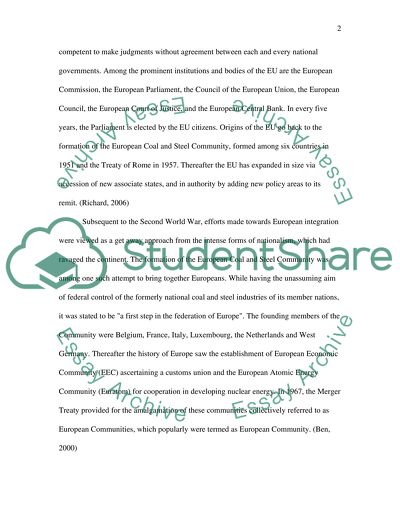Cite this document
(“Political Economy of the European Union Essay Example | Topics and Well Written Essays - 2000 words”, n.d.)
Retrieved de https://studentshare.org/politics/1518109-political-economy-of-the-european-union
Retrieved de https://studentshare.org/politics/1518109-political-economy-of-the-european-union
(Political Economy of the European Union Essay Example | Topics and Well Written Essays - 2000 Words)
https://studentshare.org/politics/1518109-political-economy-of-the-european-union.
https://studentshare.org/politics/1518109-political-economy-of-the-european-union.
“Political Economy of the European Union Essay Example | Topics and Well Written Essays - 2000 Words”, n.d. https://studentshare.org/politics/1518109-political-economy-of-the-european-union.


